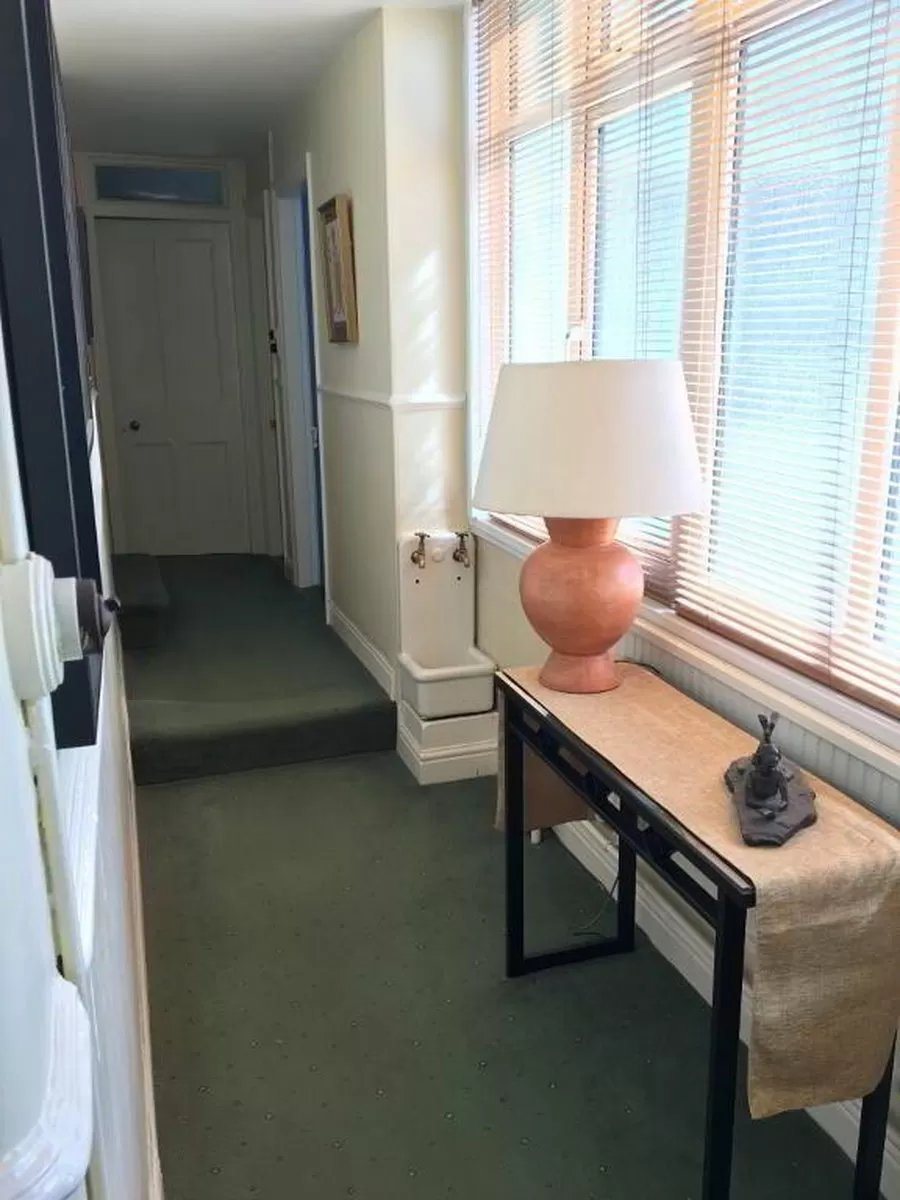While exploring the hallways of historic buildings, one might notice a small sink discreetly positioned in a corner. At first glance, this modest fixture may seem out of place, but it holds a significant role in the history of household maintenance. Known as a “mop sink,” this feature was ingeniously designed to aid in cleaning routines, reflecting the resourcefulness of past generations.

The presence of these sinks offers a tangible connection to bygone eras, evoking images of diligent housekeepers navigating the challenges of maintaining cleanliness without modern conveniences. The mop sink stands as a silent testament to their unwavering efforts and the evolution of domestic chores over time.
Understanding the Mop Sink
A mop sink is a basin specifically crafted to facilitate the cleaning and rinsing of mops, buckets, and other cleaning tools. Unlike standard sinks, mop sinks are typically installed at floor level, allowing for easy access when emptying dirty water or filling cleaning equipment. This strategic placement minimizes the risk of spills and reduces the physical strain associated with lifting heavy buckets.
Alleviating the Housekeeper’s Workload
In the early 20th century, the absence of advanced cleaning appliances meant that housekeepers relied heavily on manual labor. The introduction of mop sinks significantly eased their workload by providing a dedicated space for cleaning tasks. This innovation not only streamlined the cleaning process but also helped maintain the home’s overall hygiene by containing messes to a specific area.
@alexandramckayam Now you know ☺️ #mopsink #viral #canadiancheck #minisoPentaClaus #toddlersbelike #thisiswhywecanthavenicethings #farmhouseliving #farmhouse #newhousecheck #ontariocanada ♬ Splish Splash – Bobby Darin
Distinguishing Mop Sinks from Butler’s Sinks
While both mop sinks and butler’s sinks served functional purposes in historic homes, they differ in design and application. Butler’s sinks, also known as Belfast sinks, are characterized by their larger and deeper basins, making them suitable for a variety of tasks, including dishwashing and even bathing children. In contrast, mop sinks are more compact and specifically designed for cleaning-related activities.
The Enduring Relevance of Mop Sinks
Despite technological advancements in household cleaning, the fundamental utility of mop sinks remains appreciated. In older homes where these fixtures are still present, they continue to serve their original purpose effectively. Moreover, their presence adds a historical charm and offers a glimpse into past domestic practices.
The unpretentious mop sink encapsulates a rich history of household management and cleaning methodologies. Its role in simplifying the tasks of housekeepers underscores the thoughtful design principles of earlier times. As we encounter these vintage fixtures in historic buildings, they serve as enduring symbols of the ingenuity and resilience that have shaped domestic life through the ages.





